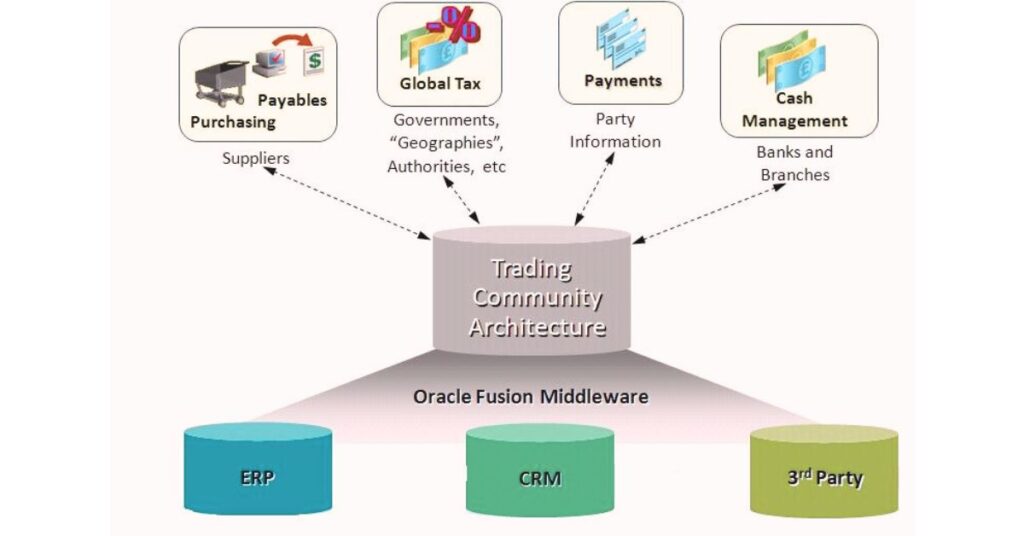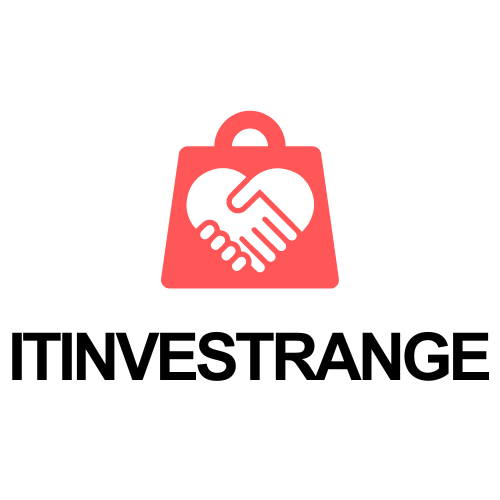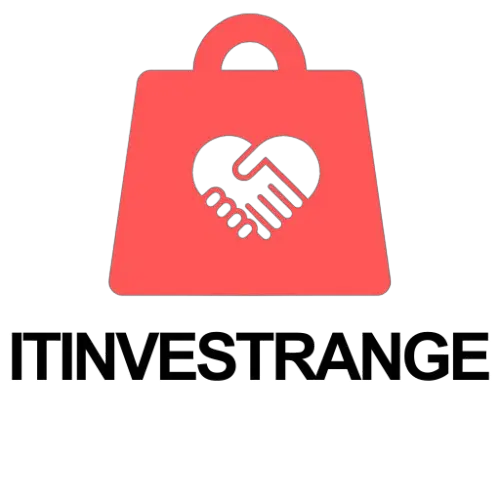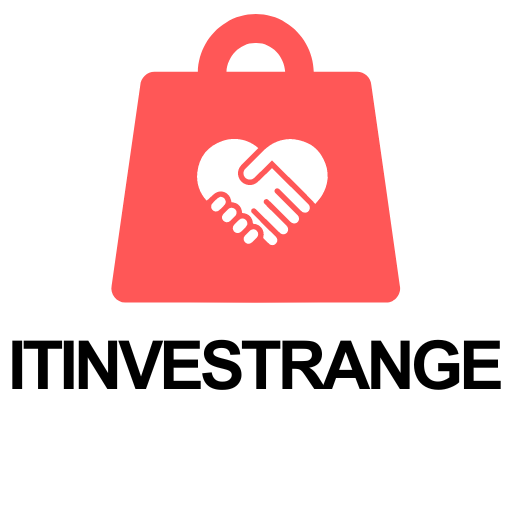The Oracle Trading Community Architecture User Guide provides detailed instructions for managing and utilizing the Trading Community Architecture. It helps users understand how to effectively handle data within the Oracle ecosystem.
Oracle Trading Community Architecture (TCA) is a robust framework designed to manage complex trading relationships. It centralizes data, improving data quality and consistency. Users can efficiently handle customer, supplier, and partner information. TCA enhances operational efficiency and supports better decision-making.
The guide helps users navigate the platform’s features, ensuring they maximize its potential. Leveraging TCA can lead to improved business processes and stronger relationships. The user guide is essential for anyone looking to optimize their use of Oracle’s trading community tools. It provides clear, concise instructions to streamline your data management tasks.

Table of Contents
Introduction To Oracle Trading Community Architecture
Oracle Trading Community Architecture (TCA) is a robust data model. It centralizes information about your trading community. This architecture helps businesses manage relationships. It offers a consolidated view of customers, suppliers, and partners.
Purpose And Benefits
The primary purpose of Oracle TCA is to provide a single, accurate source of data. It reduces data duplication and inconsistencies. Here are some key benefits:
- Improved Data Quality: Centralizes data for accuracy.
- Enhanced Customer Insight: Offers a 360-degree view of customers.
- Streamlined Operations: Simplifies data management processes.
- Regulatory Compliance: Ensures data meets regulatory standards.
Key Components
Oracle TCA comprises several key components. These elements work together to manage trading community data efficiently:
| Component | Description |
|---|---|
| Party | Represents individuals, organizations, and groups. |
| Account | Stores financial and operational data related to parties. |
| Site | Refers to physical locations associated with parties. |
| Relationship | Defines interactions between different parties. |
Each component has a specific role. Together, they ensure comprehensive data management.

Setting Up Your Trading Community
Setting up your trading community in Oracle Trading Community Architecture (TCA) is vital. This guide helps you configure and maintain your trading community efficiently. Follow these steps to ensure a smooth setup.
Initial Configuration Steps
The initial configuration steps lay the foundation for your trading community. Follow these steps to get started:
- Define Business Entities: Identify and define your trading partners, customers, and vendors.
- Set Up Locations: Establish physical locations for your business operations.
- Configure Relationship Types: Define relationships between different entities, such as customer-vendor relationships.
- Load Data: Import or enter relevant data, including customer and vendor information.
- Validate Data: Ensure all data is accurate and complete before proceeding.
Best Practices
Implementing best practices ensures your trading community remains efficient and effective. Consider the following tips:
- Regular Data Updates: Keep your data current by updating it regularly.
- Data Quality Checks: Conduct periodic checks to ensure data integrity and accuracy.
- Consistent Naming Conventions: Use consistent naming conventions for entities and locations.
- Standardize Processes: Establish standardized processes for data entry and updates.
- User Training: Train users on how to use the system effectively.
Following these steps and best practices will help you maintain a robust trading community in Oracle TCA.
Managing Customer Data
Efficiently managing customer data is crucial for any business. The Oracle Trading Community Architecture User Guide provides invaluable insights. This guide helps users streamline data entry, ensure data integrity, and maintain comprehensive customer records. Below, we dive into the essential aspects of managing customer data.
Data Entry Guidelines
Proper data entry is the foundation of accurate customer records. Follow these guidelines to ensure consistency and reliability:
- Always use standardized formats for names and addresses.
- Ensure mandatory fields are completed before saving records.
- Use drop-down menus and validation rules to avoid errors.
Using these guidelines helps maintain clean and usable data. It also ensures that all customer records are complete and accurate. This is critical for effective customer relationship management.
Maintaining Data Integrity
Maintaining data integrity ensures the reliability of your customer information. Here are key practices:
- Regularly update and verify customer information.
- Implement automated data validation checks.
- Remove duplicate records to avoid redundancy.
These practices help maintain a high level of data quality. They ensure that your customer data remains accurate and up-to-date. This is vital for making informed business decisions.
Data integrity also involves protecting customer information from unauthorized access. Implement strong security measures to safeguard your data. This builds trust and ensures compliance with data protection regulations.

Leveraging Advanced Features
The Oracle Trading Community Architecture User Guide offers many advanced features. These features help businesses streamline operations and improve efficiency. By leveraging these advanced features, organizations can achieve seamless integration, enhanced customization, and a robust trading community experience.
Integration With Other Systems
Oracle Trading Community Architecture allows easy integration with other systems. This integration supports smooth data flow between different platforms. Businesses can connect CRM, ERP, and other essential systems. This reduces manual data entry and errors.
Key integration features include:
- Real-time data synchronization
- Automated data updates
- Support for multiple data formats
The table below highlights some integration benefits:
| Feature | Benefit |
|---|---|
| Real-time synchronization | Improved data accuracy |
| Automated updates | Reduced manual efforts |
| Multi-format support | Enhanced compatibility |
Customization Options
Oracle Trading Community Architecture offers extensive customization options. These options allow businesses to tailor the system to their needs. Customization ensures the system aligns with specific processes and requirements.
Some key customization options include:
- Custom fields and attributes
- Personalized user interfaces
- Custom workflows
By using these customization options, businesses can:
- Enhance user experience
- Increase operational efficiency
- Ensure system adaptability
The flexibility offered by these features makes Oracle Trading Community Architecture a powerful tool for any organization.
Troubleshooting And Support
Working with Oracle Trading Community Architecture (TCA) can sometimes be challenging. Understanding common issues and knowing where to get help can save time and frustration. Below, we break down troubleshooting and support into manageable sections.
Common Issues
Even the most experienced users face issues. Here are some frequent problems and their solutions:
- Data Integrity Issues: Ensure your data is clean and validated.
- Performance Problems: Check your server’s performance metrics.
- Access Errors: Verify user permissions and roles.
Identifying these issues early helps maintain system efficiency.
Getting Help
Need assistance? Here are some resources:
- Oracle Support Portal: Access a wealth of knowledge and support tickets.
- User Forums: Engage with a community of Oracle users.
- Documentation: Refer to Oracle’s extensive guides and manuals.
These resources provide valuable insights and solutions.
| Resource | Link |
|---|---|
| Oracle Support Portal | support.oracle.com |
| User Forums | community.oracle.com |
| Documentation | docs.oracle.com |
Frequently Asked Questions
What Is Oracle Trading Community Architecture?
Oracle Trading Community Architecture (TCA) is a data model that centralizes customer and supplier information.
How Does Tca Benefit Businesses?
TCA streamlines data management, improves data accuracy, and enhances customer relationship management.
Can Tca Handle Multiple Business Entities?
Yes, TCA manages multiple business entities, providing a unified view of relationships and hierarchies.
Is Tca Integrated With Other Oracle Applications?
TCA integrates seamlessly with various Oracle applications, ensuring consistent data across systems.
What Are The Core Components Of Tca?
The core components of TCA include parties, party relationships, and locations.
Conclusion
Mastering Oracle Trading Community Architecture boosts business efficiency and data management. This guide equips you with essential tools and insights. Implement these strategies to optimize your organization’s operations and maintain accurate customer data. Embrace the benefits of a well-structured trading community for sustained growth and competitive advantage.













Leave a Reply